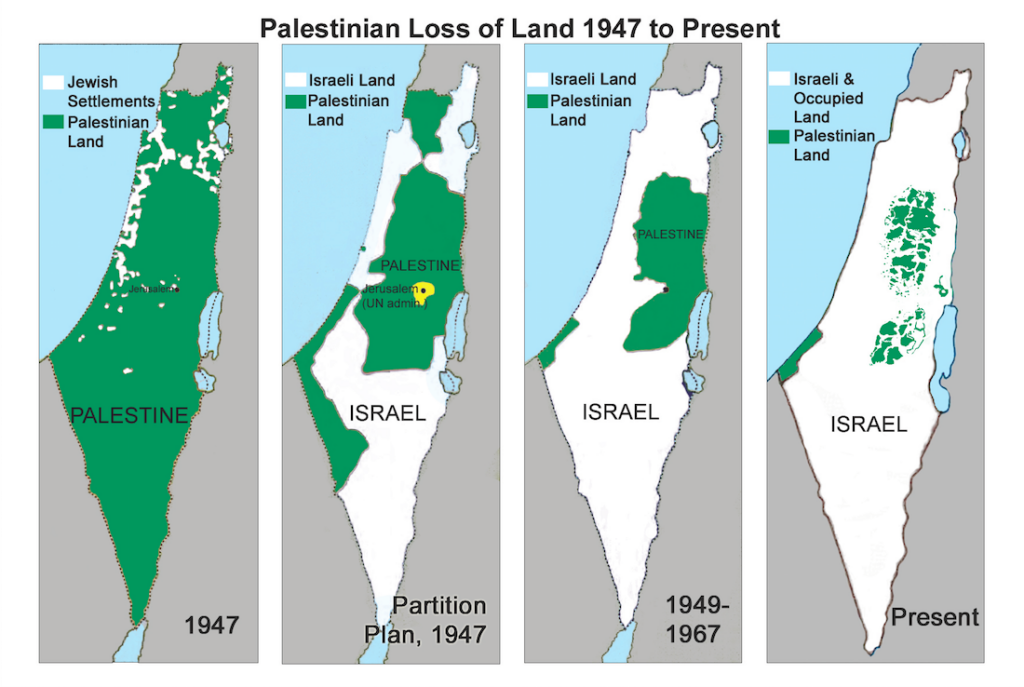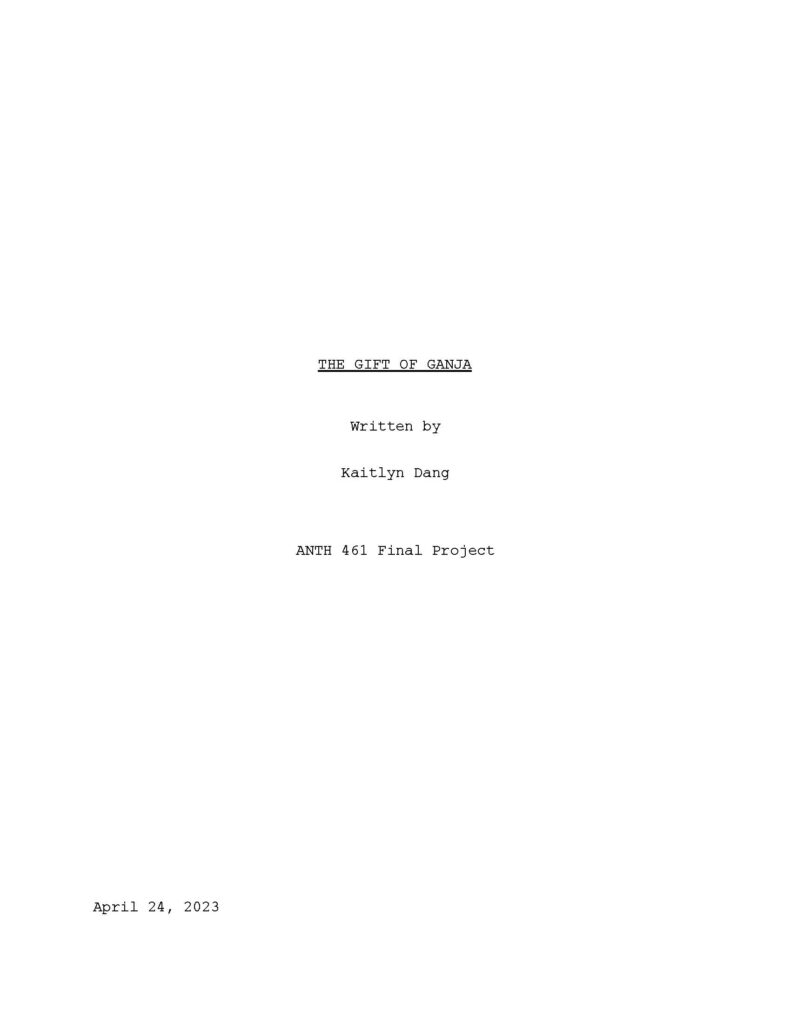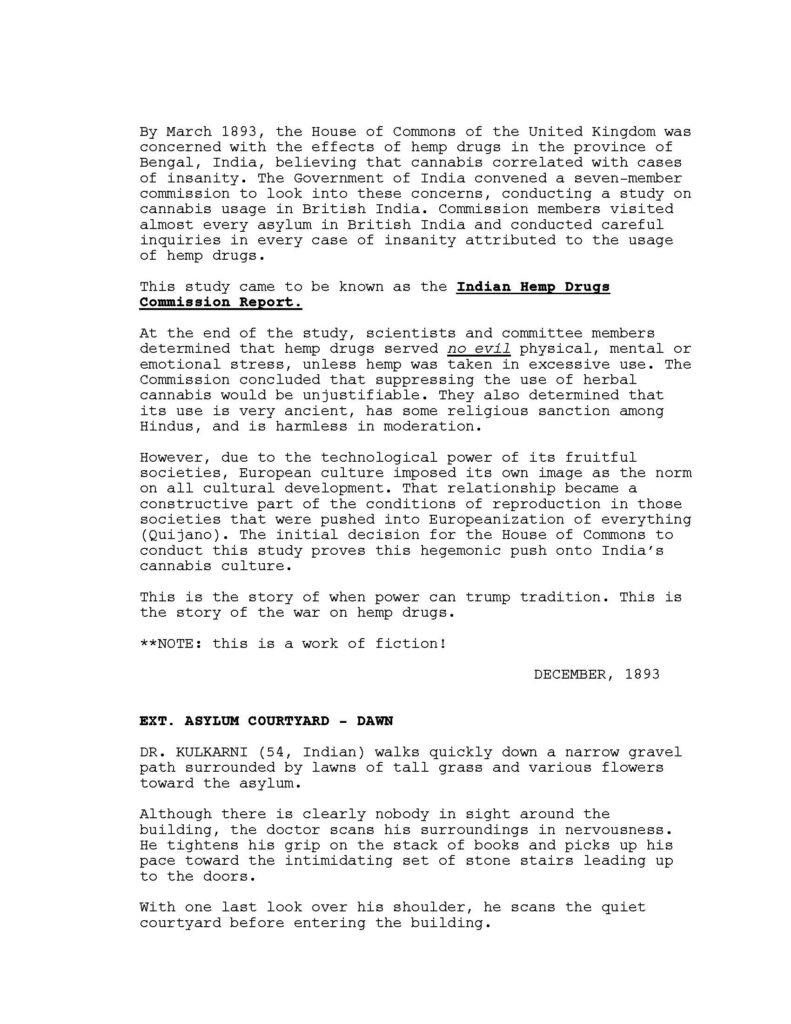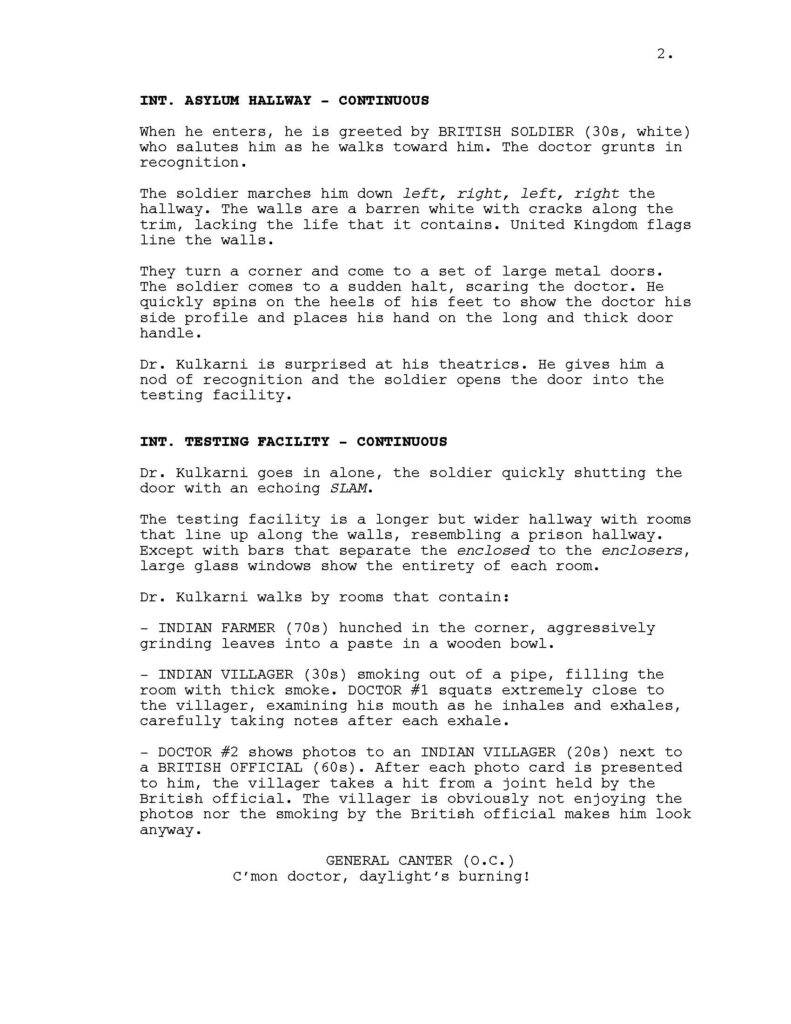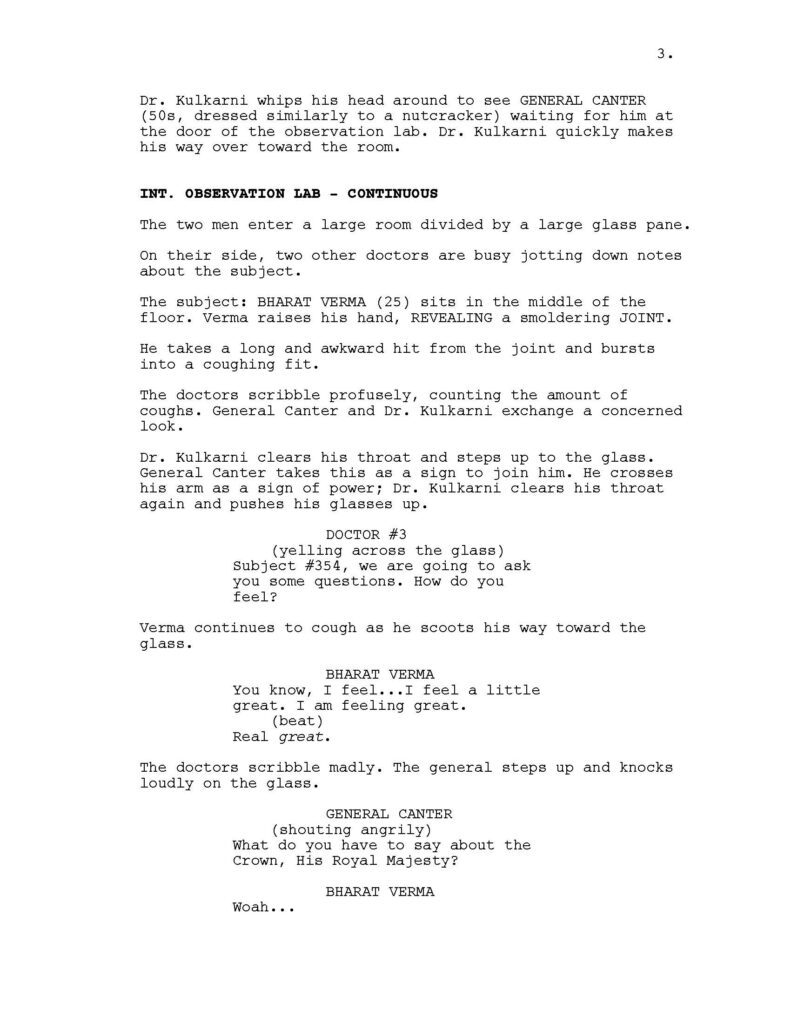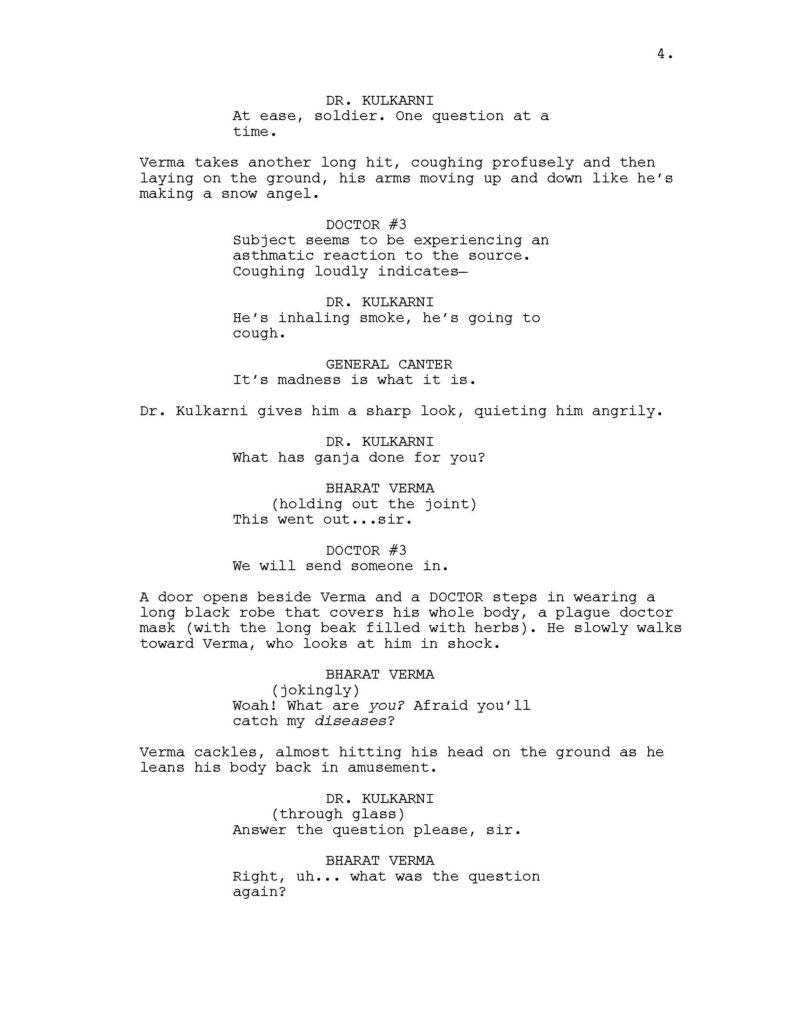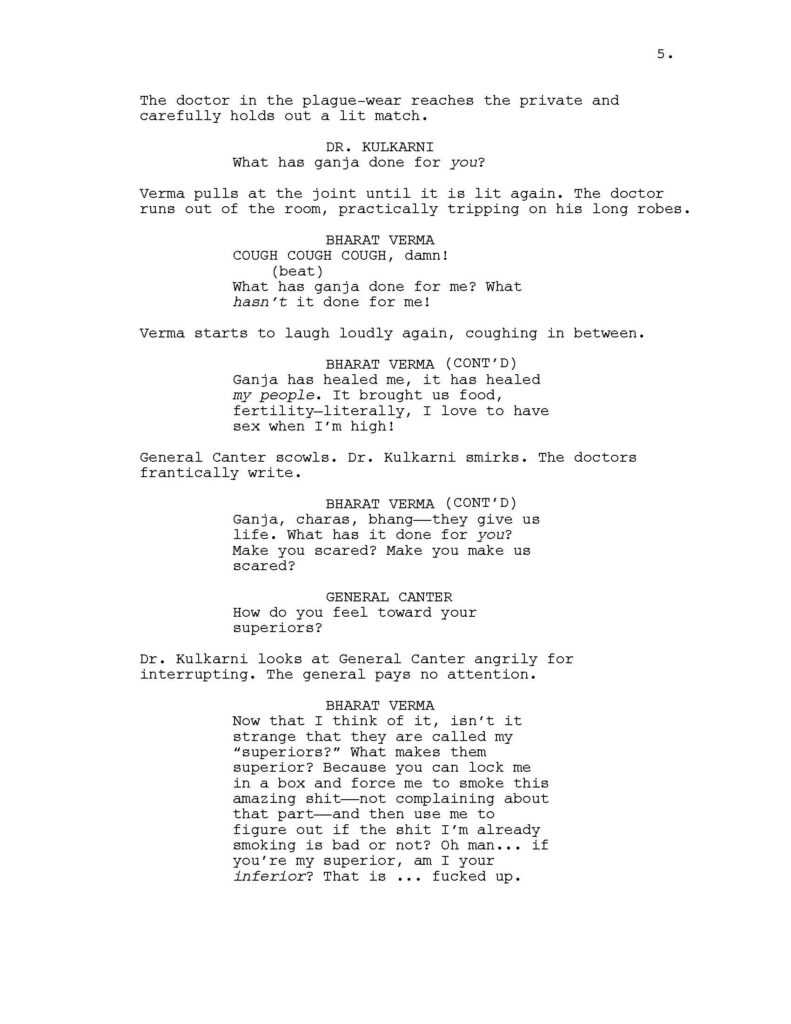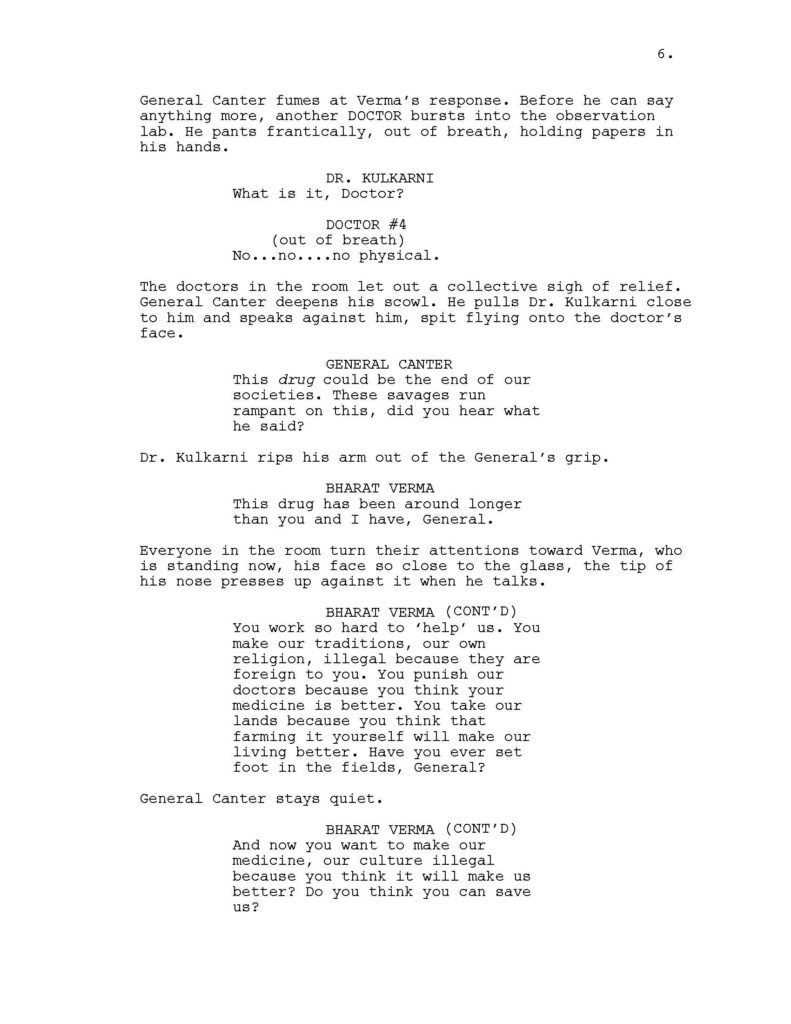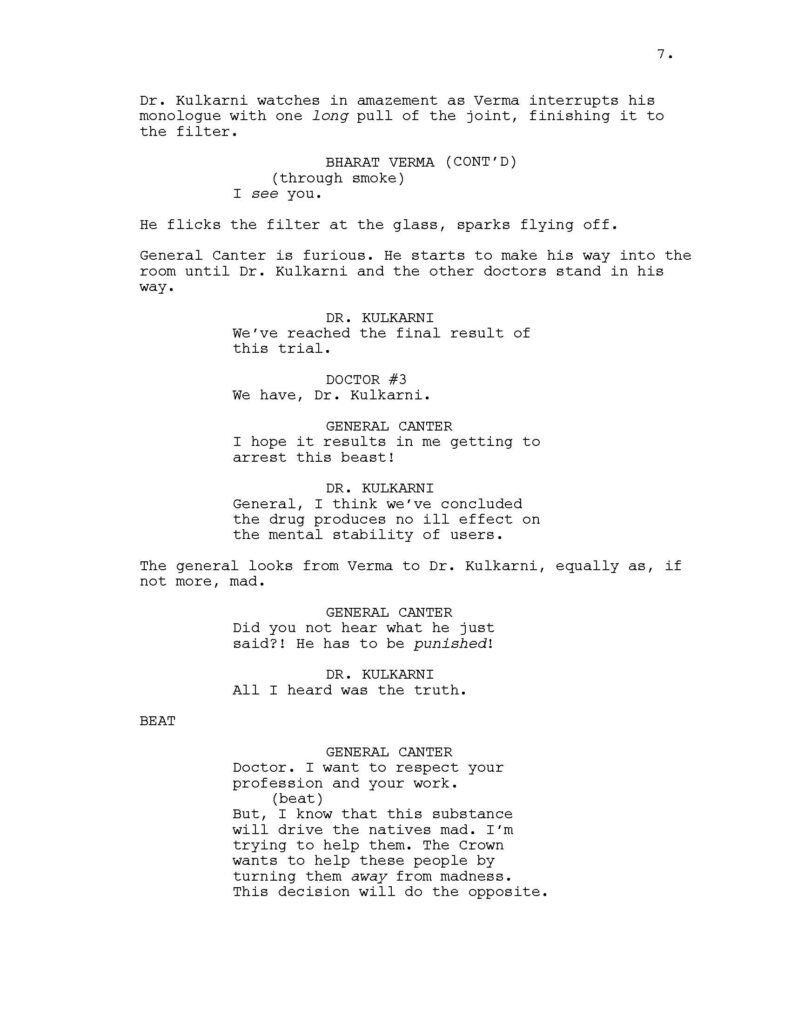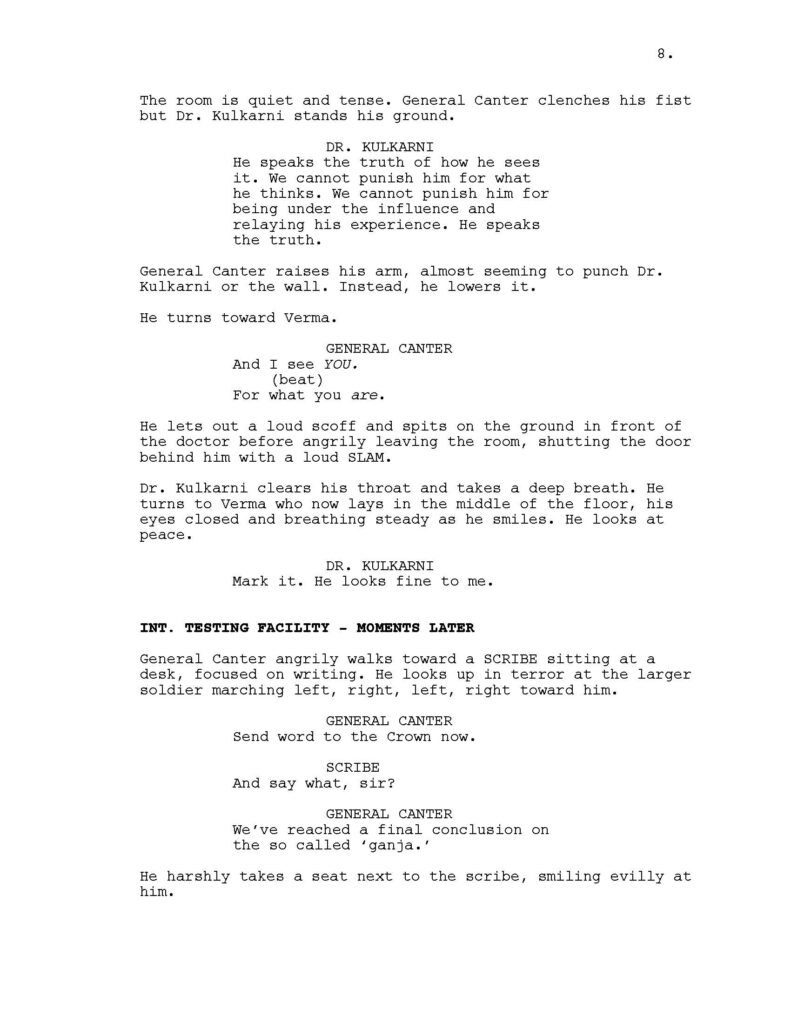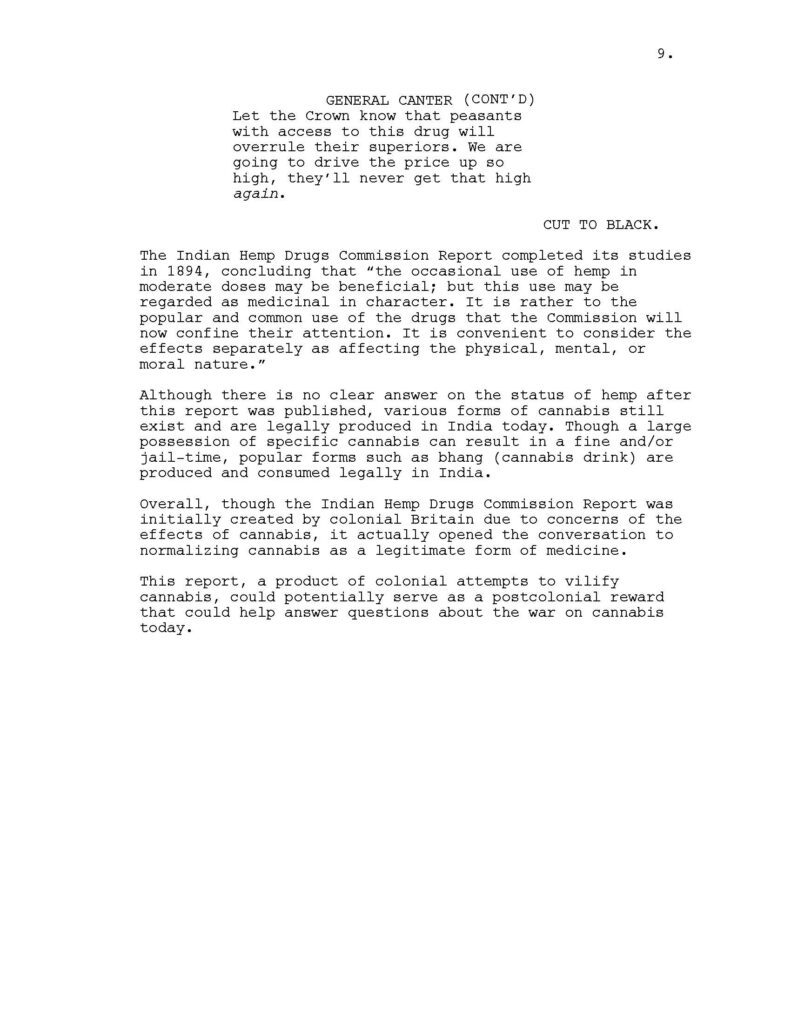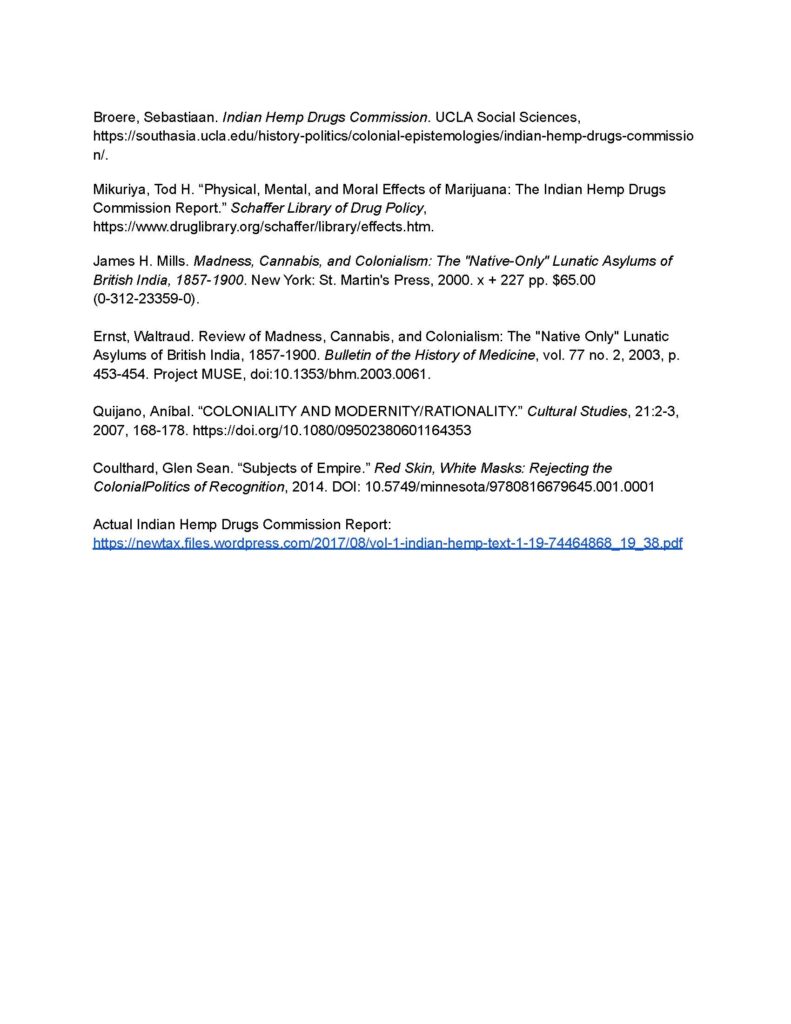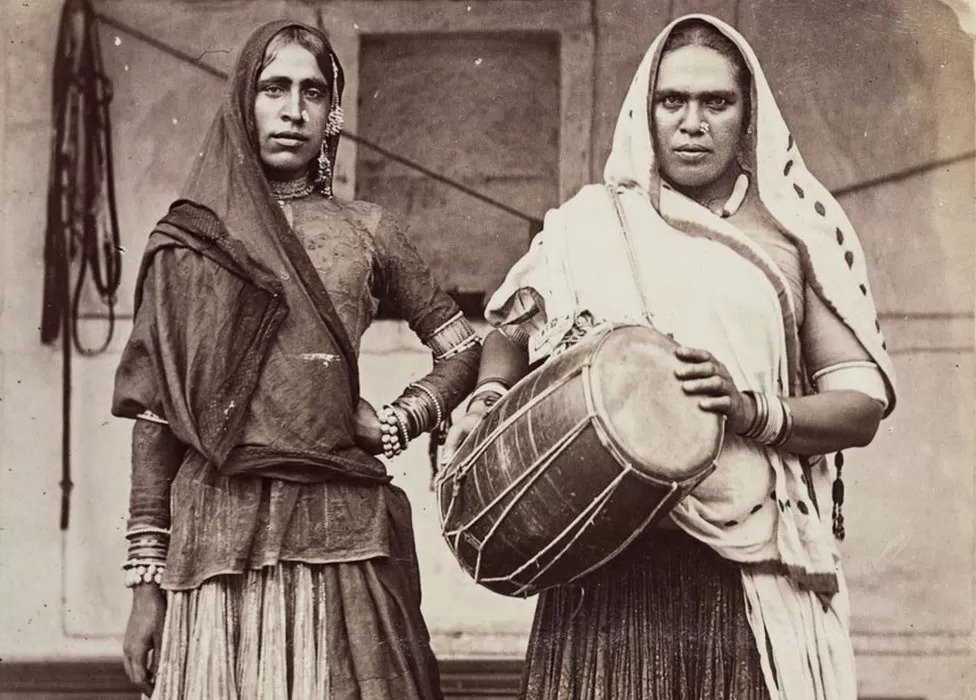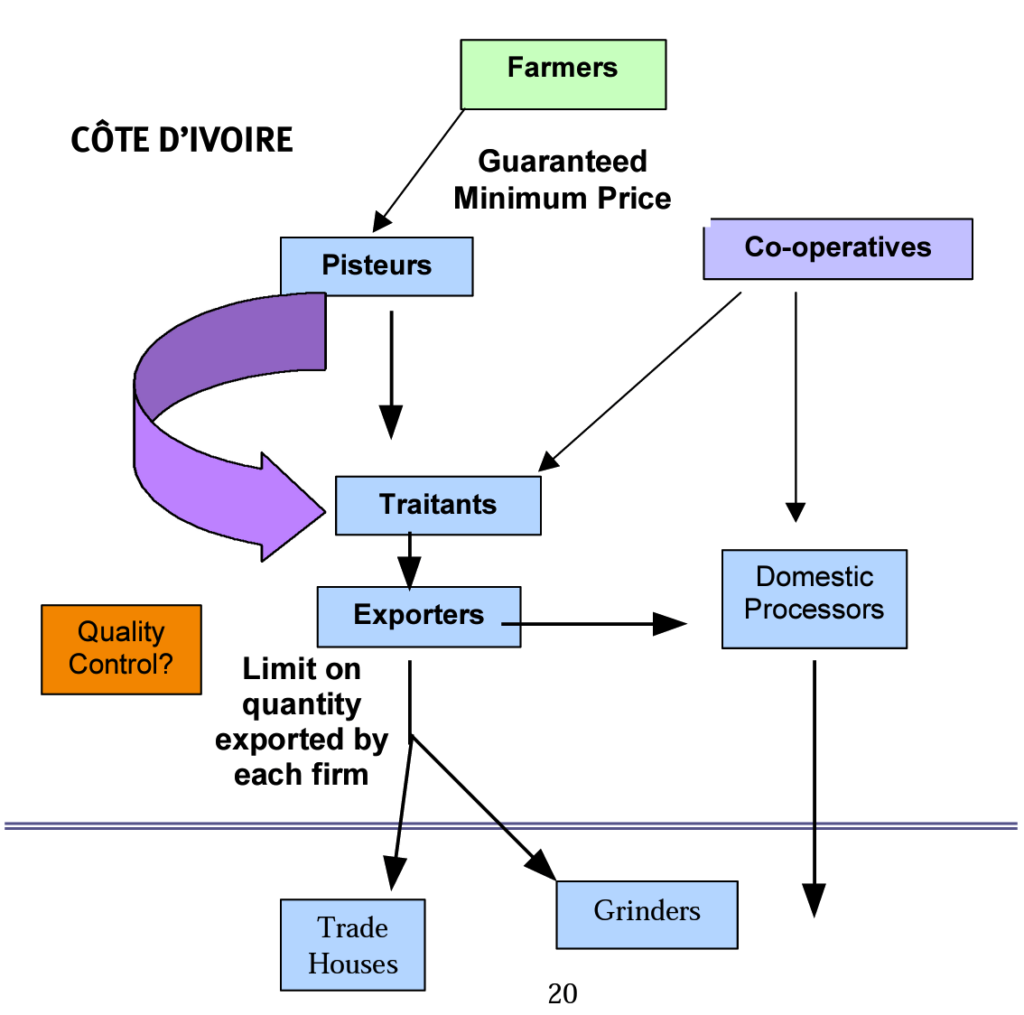By Nathanaël Micolod
“Independence is worth what are worth or what want its leaders”. In his novel “African leaders facing their people” then-Minister of Development of newly-independent Mali Seydou Badian Kouyaté suggested that leaders, above all, determined the future of African countries after independence. In 1961, Modibo Keïta became the first President of Mali, promising socialist development. Yet despite the promises and hopes that accompanied independence, the socialist experiment in Mali was short-lived, as a coup deposed Keïta in 1968, changing the economic direction of the country. This essay will examine how this came to be, studying how the slave trade and colonialism affected the future prospects of Mali after independence and the goals of independence leaders, the strategies employed by the new government, and critically look at their effectiveness, exploring the causes behind the failure of socialist planning. The essay concludes that this derives less from the worth of Mali’s leaders than in the government setting for itself overly ambitious goals, significant economic constraints inherited in part from the colonial era which hampered successful planning, and the lack of popular concertation and control over policy.
As a result of rising demand for raw materials at home, as well the high potential for investments and new markets for goods, Europe began between the 1870s and 1900s its “scramble for Africa.” By the 19th century’s end, French Sudan (present-day Mali) was under direct French colonial administration, linking the other French colonies of Senegal and Algeria. While France’s stated goal in Africa was the assimilation of the colonies into its whole, in practice French rule was repressive, with a heavily centralized administration led by white local elites (Mamdani 1996). Nevertheless, French colonial rule of Mali quickly proved unattractive to the French, as the administrative costs of running the colony exceeded the profits the colonial government could extract, particularly because of its large swathes of inhabitable territory and paucity of natural resources. As the trans-Saharan trade ended and West African coasts prospered, the French colonial government continued passively to rule over French Sudan, with little attempt in developing the area (Suret-Canale et al. 1976). In the 1950s, with independence movements prospering around the world, French Sudan attempted a short-lived alliance with its more prosperous neighbor Senegal — the resulting Mali Federation, formed in September 1959, successfully bargained for independence with the French and gained its formal independence on July 1960, before coming apart in September of that year, with Modibo Keïta becoming the first president of Mali. To Keïta, the main objectives of African leaders was to “resolve problems of subsistence, of living conditions, of the struggle against illiteracy, and especially of giving back to African man his confidence in himself, and forever ridding him of the inferiority complex which colonialism has created in him” (Speech in Bouaké, Ivory Coast 1962). To achieve this objective, the Union Soudanaise-RDA (the ruling and only party in the country) assembled an extraordinary congress in September 1960 and unanimously voted to lead the country towards a socialist path to development.
While socialist planning was meant ultimately to improve the conditions of the poorest and working classes, there was an understanding that certain objectives, such as economic independence, were to take priority in the short-term. As stated in the Malian Five-Year Plan: “The ultimate objective of the planning of our economy is the improvement of the standard of living of the population. However, the investible surplus realized through the implementation of planning cannot be totally divested for that particular purpose: a great portion of this surplus must be divested to exports and investment.”
Attempts at a socialist path to development, such as the Malian Five Year Plan of 1961-1966, overall failed to produce the results planners had hoped for. The new government mobilized its resources, creating thirty-six new state enterprises, with the goal for them to eventually grow large enough so as not to require foreign capital and guarantee Mali’s economic independence on the global stage. The government established a new rural network of cooperatives, created its own national currency, and established a treasury for foreign exchange control. Nevertheless, despite the “prerequisites” to successful socialist development being established, development failed in practice, which dissuaded further planning attempts after 1966 until the coup that would depose Keïta and the US-RDA in 1968. As the new government that overthrew Keïta would put it: “The first Five-Year Plan […] has resulted in an unmitigated failure, despite some commendable realizations in the industrial sector and some spectacular realizations in the field of infra-structure[…]. The inefficiency of the productive sector, the low level at which modern enterprises have been operating, and the absence of a taxation system adapted to the rural world have both prevented the realization of an export output sufficient to cover imports and of a surplus revenue that would have allowed to cover the ever-increasing recurrent administrative costs. Consequently, a point of equilibrium could be reached only be reached by resorting to an inflationary currency circulation and by external indebtedness” (Programme Triennal De Redressement Économique Et Financier 1972).
Several explanations may be given for the failure of socialist planning in Mali during this period. Mali was first of all an especially poor country, with a GNP about three times lower than its neighbor Senegal, and such limited resources proved quite constraining to Mali’s socialist experiment. In their study of economic development in Tanzania, Gerald K. Helleiner (1972) proposed a distinction between “basic” and “self-imposed” economic constraints. Whereas “basic” constraints represent the endowments a state planner is provided with (the stock, present and future of the factors of production — land, labor and capital), “self-imposed” constraints the political, social or economic rules imposed by socialism. Mali experienced several “basic” economic constraints. Its distance from the sea, and particularly its limited infrastructure (owing to the scarce attempts by the French colonial government to develop such infrastructure) made the transport of goods for imports and exports much more costly. Mali also lacked the infrastructure necessary to produce energy domestically, leading to dependence on entirely imported oil and other sources of energy. The country was poor in natural resources, fertile soils and water sources; it also faced high population growth, social heterogeneity, lack of human capital (skills and knowledge in most sectors of the sectors of its economy), and finally an overall lack of financial resources and savings (Martin 1976). All of these conditions combined to create a particularly difficult backdrop for successful planning.
The Malian Five-Year Plan relied on increasing output in agriculture to raise domestic income, but the production of its main cash-crop, groundnuts, only continued to fall over the period of the Five-Year Plan. Climate conditions, while a part of it, do not fully justify the overall failure of agricultural production. Peasants resisted attempts at the collectivization of agriculture, refusing to participate in programs such as the “Groupements ruraux de production et de secours mutuel.” The government failed to provide sufficient incentives for peasants to participate in government programs, and this alongside the worsening of peasant conditions after the Plan led to growing distrust for socialism (Jones 1972). The Malian socialist experiment struggled with insufficient popular support, as despite some enthusiasm in the early years following independence the lack of popular consultation or popular control quickly encouraged distrust of the government and socialism.
Planning also struggled from seeking both growth and development. As scholar William Jones put it: “The politicians saw the primary purpose of the socialist option as structural change — having the state take over the commanding heights of the economy and probably a good deal more. The planners expected to have both structural transformation and fast economic growth. Indeed, far from expecting the structural transformation to impose economic costs on society, they thought it would start paying its way immediately and provide a surplus to finance other investments” (1969). However, the attainment of growth and development, besides being somewhat antithetical, were hampered by the basic economic constraints listed earlier, and the economic costs of structural changes could not be shouldered by state enterprises as they failed to create the profits planners had hoped for.
The inability of state enterprises to produce as per expectations created inflationary pressures. As public investments rose, so did administrative costs rise as well as transfers to public corporations. By 1962, Mali shouldered a 4.6 billion Malian Franc (MF) deficit in its balance-of-payment. While administrative costs skyrocketed, employment in administration saw only small increases and little improvement in its ability to manage its public sector. Public corporations continued to receive subventions even as they failed to produce the profits planners had hoped for, preventing economic development rather than enabling it (Crespo et al. 1966). The monetary system was forced to continue to sustain a failing public sector, doubling the amount of money in circulation and overall doubling the price of goods and services in the country. The country’s struggling domestic market required the importation of many consumer goods; and as importation failed to keep up with domestic demands, causing rising prices on the black market, the government was forced to rely on foreign debt, approximating 110 billion MF by the end of 1968.
The planning process itself it also at fault in the failure of socialist planning in Mali. Preliminary drafts of the Five-Year Plan drawn in 1959 lacked any serious statistical foundations, which only became available in 1961; this caused discrepancies between the goals of the Plan and how feasible such goals were to attain, particularly as the amount of public expenditure which had been supported by the French colonial administration had been greatly underestimated. The planners, ignoring the country’s basic economic constraints, hoped for a whopping 8.3% annual growth, exceeding all other countries in the world at the time. However, the planning staff was both insufficiently funded and insufficiently manned to comprehensively manage state enterprises (Gaud 1967), and lacked the power to enforce its authority as several investments occurred without the Ministry of Planning’s consent (Crespo 1966).
However, these economic factors do not explain what prevented planners from changing course while they had time to do so. Scholar Claude Meillassoux (1970) proposes that the answer lies in the socio-political composition of Malian society. The “Parti Soudanais Progressiste” (PSP) was a political party created in 1945, largely composed of the traditional aristocracy which had begun to form before the colonization of Mali by France. Receiving significant pushback from the US-RDA, which had been gaining momentum through the acquisition notably of the merchant class’ support, the PSP eventually adhered to the US-RDA. However, despite restrictions on foreign activity initially favoring the merchants, the socialist policies of the new government soon challenged the merchants. The creation of the Malian Franc (which restricted trading operations by the merchants), the strict regulation of foreign trade, and the state holding a quasi-monopoly in both foreign and domestic trade led the merchants to become the primary opposition group to Keïta’s regime.
Meanwhile, a new bureaucratic class developed, monopolizing political power; however, the challenge of the merchant class required the consolidation of this political power by seizing economy power as well. This was done through the development of an extensive public sector “under the label of ‘socialism,’ which provided [the bureaucratic class] with a convenient ideology to bring the economy under their control” (Mefflassoux 1970). This created a situation where undermining expenses in the public sector would go directly against the interests and power of the bureaucratic class — instead of reorganizing the public sector in an attempt to make it more profitable, it tended to further create state corporations. As the largest employer in the country, it had control over the distribution of profits, using this to consolidate their position of power. Rather than radically change the conditions of the peasantry following the end of colonial rule, the peasantry found itself exploited again by the new bureaucratic class, which held interests which differed from its own — a situation enabled by the lack of popular participation or control in the policies of its new government.
In conclusion, the failure of socialist planning in Mali may be attributed to a variety of factors. Economic constraints and poor planning led to inefficient public sectors, setting the country on a path to rising inflation and foreign debt. While resources might have been reallocated or reorganized to avoid this outcome, the lack of avenues for popular participation enabled the new bureaucratic class to maintain the status quo and defend its economic and political power instead of improving the peasantry’s living conditions, using socialism as a label to pursue their own interests while stripping it of its substance and promise.
Works Cited
Crespo, Alberto Sánchez et al. “Trois Expériences Africaines De Développement: Le Mali, La Guinée Et Le Ghana”. Desarrollo Económico, vol 5, no. 20, 1966, p. 577. JSTOR.
Gaud, Michel. Les Premières Expériences De Planification En Afrique Noire. Éditions Cujas, 1967.
Helleiner, G. K. “Socialism And Economic Development In Tanzania”. The Journal Of Development Studies, vol 8, no. 2, 1972, pp. 183-204. Informa UK Limited.
Jones, William I. “The Kéïta Decade: Economics Of The Coup”. Africa Report, 1969.
Jones, William I. “The Mise And Demise Of Socialist Institutions In Rural Mali”. Geneva-Africa, 1972.
Mamdani, Mahmood. Citizen And Subject. University Press, 1996.
Martin, Guy. “Socialism, Economic Development And Planning In Mali, 1960-1968”. Canadian Journal Of African Studies / Revue Canadienne Des Études Africaines, vol 10, no. 1, 1976, p. 23. JSTOR.
Mefflassoux, Claude. “A Class Analysis Of The Bureaucratic Process In Mali”. The Journal Of Development Studies, vol 6, no. 2, 1970, pp. 97-110. Informa UK Limited.
“Programme Triennal De Redressement Économique Et Financier”. Les Plans de Développement d’Afrique Noire. Ediafric, 1972
Suret-Canale, Jean, and Till Gottheiner. French Colonialism In Tropical Africa, 1900-1945. Heinemann, 1976.
